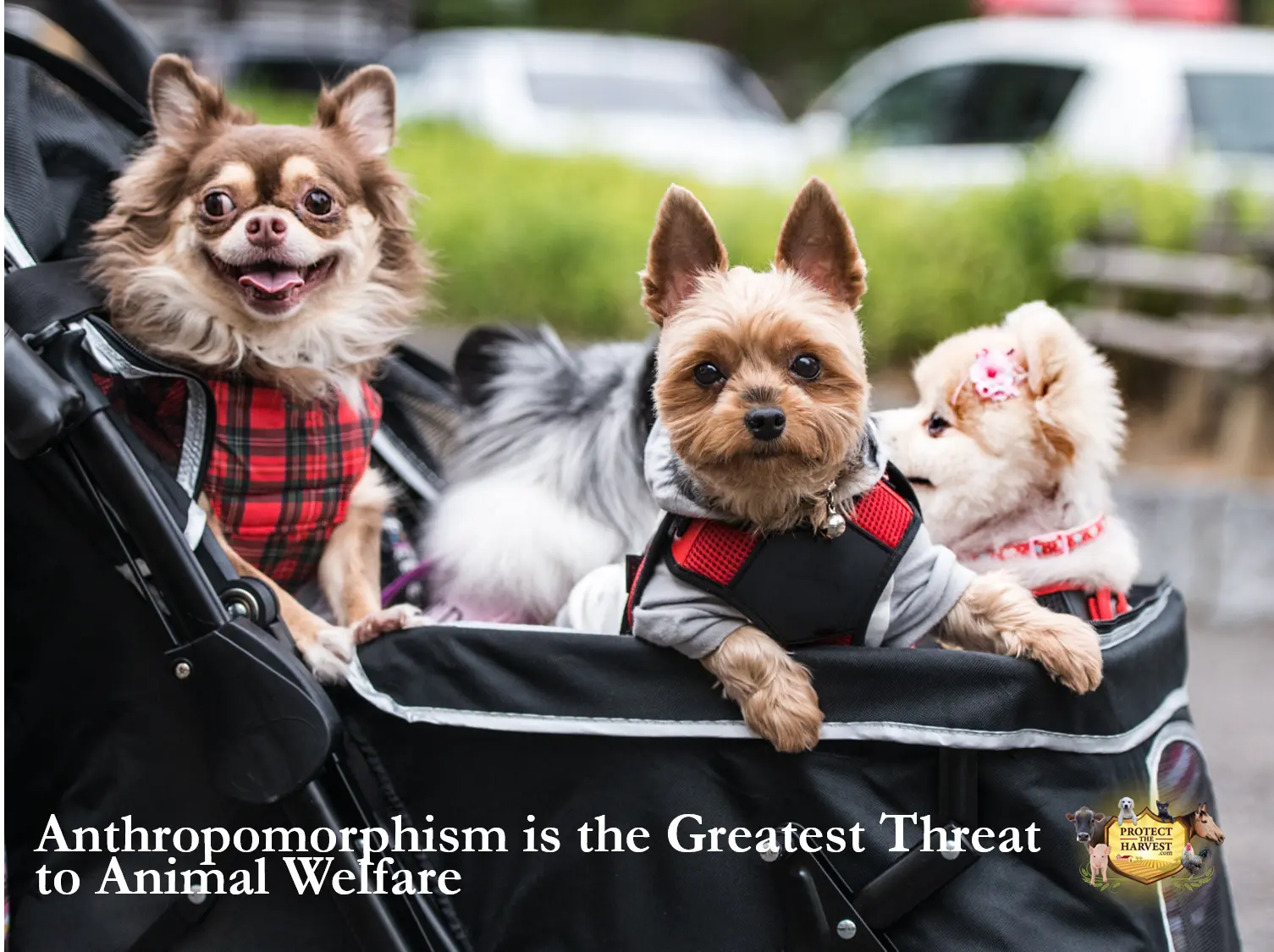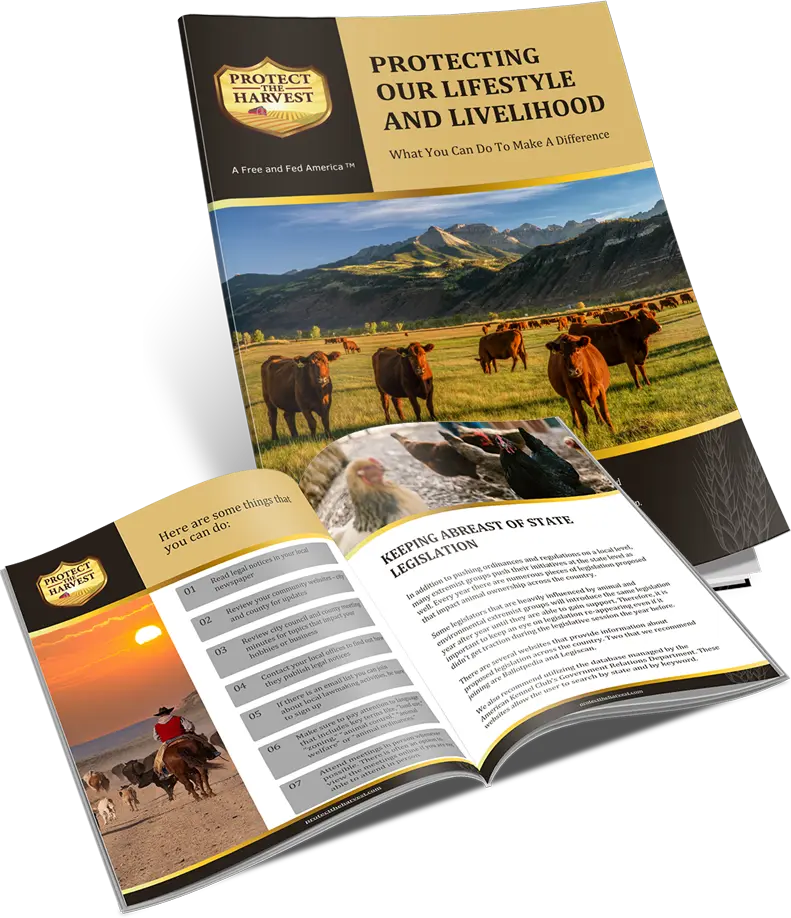
Universally, anthropomorphism is known as giving human characteristics to a non-human entity. These seemingly innocent mannerisms often involve such things like reading a book about Peter Rabbit or talking to a pet when arriving home from work. As trivial as the concept may be, it can create real rifts in our society. Anthropomorphism becomes an issue when we start using it to force human emotions and principles on real-life animals, instead of just characters in a book or fable.
Anthropomorphism has been a part of the human experience since the earliest cultures developed. When people began telling stories and passing along history, they cultivated animal metaphors and characters that had human traits. This goes as deep as the personification of well-known terms like ‘Mother Nature’ and ‘Father Time’.
Anthropomorphism can be traced back over 30,000 years ago to sculptures involving human-animal figures. Many ancient myths also involved deities that had human emotions, appearances, and behavioral traits. Take the Greek God Zeus as an example; he is depicted in many sculptures and statues as an attractive human man. Some of the myths involving Zeus describe him as having affairs with women and jealousy towards his wife Hera, both of which are imperfect human traits that were constructed to make him seem more human-like. This is just one of the many early depictions of anthropomorphism.
As humans matured from mythology into modern learning, we then began applying anthropomorphism to our literary works. The 19th century was full of stories such as Alice’s Adventures in Wonderland and The Jungle Book, which both portrayed animal characters with human emotions and traits. In the 20th century, this progressed into works that all but removed humans completely. We see this in books like Animal Farm and Winnie-the-Pooh, and many Disney movies, which have the main characters as animals.
We can see anthropomorphism today in almost every household in this country and the trend is growing. It might be a dog that you dress up for Halloween or a cat that you consider as your child. This is evidenced too in the billon-dollar pet industry where outfits for dogs and cats are sold, and it is now common in cities and urban areas to see dogs in baby strollers. Pets have been companions for most of our history, but only recently have we begun replacing human interactions for the imaginary dialog animals have to offer.
These things in and of themselves are not bad, but we need to step back and understand why we are projecting these traits on our pets and other animals and the impact.
Anthropomorphism Places Unrealistic and Unfair Expectations on Animals
When anthropomorphism is directed towards animals, it gives humans an unrealistic model for those animals to live up to. Just as we should not expect a human child to act like a dog, we should not expect a dog to act like a human child, as they are not equivalent to the other.
Expecting a pet, or any other animal to live up to the standards of human traits can cause a wide array of problems, which can include:
Many behavioral problems directly stem from anthropomorphism and unrealistic expectations for pets and even livestock. Owners expect them to “know better,” “feel guilty,” and never to express their natural instincts. “He never bites, he won’t bite,” and “she won’t kick or spook,” are examples of this.
Behavioral problems and lack of training are the number one reason small animals are surrendered to shelters and large animals, like horses, are abandoned. This is a significant factor to why we believe anthropomorphism is a threat to animal welfare.
Anthropomorphism has led many animal owners to overfeed their pets. It has also led them to provide animals food items and diets that are not healthy for them. Overweight pets are becoming a significant issue in veterinary medicine. This is such an issue that veterinarians regularly prescribe special diets that are designed to lower the pet’s weight. Specialty diets for overweight pets have also become big business for pet food companies.
Digestive problems from feeding animals human food can cause a multitude of issues including diabetes, pancreatitis, diarrhea, constipation, vomiting, malnourishment, liver damage, and even death. Another very concerning issue is a relatively new movement that involves feeding pets vegan diets. Instead of recognizing animals as different species from humans, vegan diets are forced on pets. This is not due to the pet’s nutritional needs, but the pet owner’s ideological beliefs. These vegan pet food diets base their protein sources from plants, which is something that a pets’ digestive system was not evolved to handle. For example, feeding a vegan diet to a cat can be lethal.
It is not uncommon for veterinarians to make recommendations regarding handling and training. These recommendations are usually made to help with behavioral problems that can be dangerous in a veterinary clinic setting. If an owner does not follow these recommendations, it can result in harm to the veterinarian, their staff, other clients in the office, and even the pet itself. Anthropomorphism can affect how a pet owner views these recommendations by thinking: “he knows better,” “I don’t want someone telling me what to do,” and “she wouldn’t hurt anyone.”
If anthropomorphism is taken to the extreme and becomes the norm, society may agree that animals deserve habeas corpus (a civil right given to persons that are imprisoned). It is possible that owners could then be removed from making decisions about what they believe is best for their animal. We believe this is an animal welfare threat because outsiders who do not know anything about your animal or the care it requires could be making the decisions instead.
Along with habeas corpus, another matter that is being pushed is changing the term “owner” to “guardian” in regards to animals. The term “guardian” insinuates that the animal is not property and has some form of personhood. This could lead to an increase in malpractice insurance for veterinarians since professional liability insurance currently only covers pets as property. Covering a pet that has “personhood” may include covering the pain and suffering that is often issued in human cases of malpractice. The price for such insurance coverage would be exponentially higher than current rates. This cost will be passed on to the clients and would make providing veterinary care to animals even more expensive. This increased expense, in turn, will either create financial barriers to pet ownership or discourage owners from seeking veterinary care for their animals. Either way, the animals lose.
What we don’t often realize is how anthropomorphism shifts into devious and sometimes illegal behavior. There are animal rights groups, along with their group members who are now on the FBI’s list for domestic terrorism. In the name of animal rights, fueled by extreme anthropomorphism, crimes have been committed such as: breaking into research facilities to save ‘enslaved’ dogs, stealing animals, exposing animals to infectious diseases, and fire-bombing multiple types of animal-based businesses. Such behavior includes continued and ongoing harassment of businesses, consumers, farmers, ranchers, and animal owners. This type of negative behavior comes from extreme anthropomorphism, which leads to the irrational idea that animals have the same consciousness and emotional understanding that humans do.
Since the root of the animal rights ideology is extreme anthropomorphism, instead of seeing animals as private property, animal rights ideologues view animals as equal persons to human beings. Animal rights extremists continuously refer to the human ‘emotions’ of animals. Due to this, they view animal ownership as ‘enslavement.’ This enslavement applies to all animals including pet owners, animal exhibitors, scientists, farmers, and ranchers.
Animal rights organizations focus their propaganda on influencing people to assign human traits to an animal. These groups cause viewers exponential emotional distress, via their massive marketing campaigns with heavily edited videos and images. This distress can generate feelings of guilt in people who have little to no experience working with animals, especially livestock and zoo animals. In addition to making people feel guilty, getting someone to believe an animal has human attributes will make that person much more likely to express empathy. Guilt and empathy are powerful motivators. The viewer is told the cure is to donate money to the organization.
The massive financial success of the animal rights industry has proven their formula of creating emotional reactions works much better than stating facts when it comes to raising funds.
In addition to spending millions on manipulating people emotionally to increase fundraising, animal rights groups spend millions of dollars each year on lobbying and writing legislature so they can get one step closer to ‘animal liberation,’ or their version of the Emancipation Proclamation. To incite and influence voters and lawmakers, animal rights groups tap into the same anthropomorphic fundraising formula. Using edited videos, sad looking photos, and crying protestors are the key to triggering a response in a voter unfamiliar with animal husbandry best practices.
Anthropomorphism is not the only movement in our society that is focused on emotional reactions and feelings. There seems to be a sort of cancer on the American public that suggests feelings are more essential and realistic than scientific fact and logic.
While we rarely think about how anthropomorphism affects our daily life, we are now forced to discuss where the line should be drawn. As our society continues to project human traits more and more onto animals, we will at some time reach a breaking point. That point will be when the majority of our society no longer sees an animal as an animal. They will see it as an individual that deserves civil rights (link to habeas corpus article). The end result is that we will no longer be able to own our animals and make decisions in their best interest.
When will the general public realize that anthropomorphism taken to the extreme does not help animals? When will we decide enough is enough and that our private property is indeed ours? This right is planted firmly in our constitution and should not be based on someone else’s emotional response to manipulation, no matter how sad the puppy dog looks in the photo.
Where will you draw the line? Where will the line be drawn in the United States? What will happen to the animals we share our daily lives with?

© 2023 Protect The Harvest. All Rights Reserved
StoryBrand Website design by Results and Co.